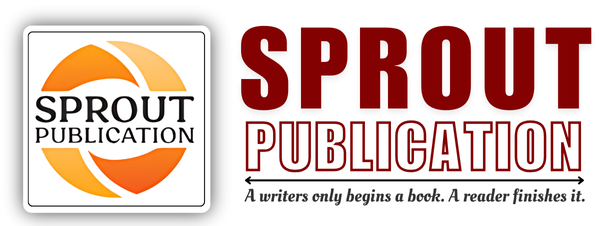Chapter 9: Parasympathomimetic Agents-I
Chapter 9: Parasympathomimetic Agents-I
Author: Mrs. Saba Ruksaar
Volume: 01
First Online: 31 August 2024
Pages: 118-126
DOI:
Abstract
Parasympathomimetic agents, also known as cholinomimetics, mimic the effects of acetylcholine by stimulating cholinergic receptors. These agents are classified into direct-acting and indirect-acting categories. Direct-acting agents, such as acetylcholine, carbachol, bethanechol, methacholine, and pilocarpine, directly bind to and activate muscarinic and nicotinic receptors. Indirect-acting agents, like acetylcholinesterase inhibitors, increase acetylcholine levels by inhibiting its breakdown. The mechanism of action of parasympathomimetic agents involves the activation of cholinergic receptors, leading to increased parasympathetic nervous system activity. This results in effects such as decreased heart rate, increased glandular secretion, and enhanced smooth muscle contraction. These agents are used to treat conditions like glaucoma, urinary retention, and xerostomia. The structure-activity relationship (SAR) of parasympathomimetic is crucial in determining their receptor selectivity and resistance to enzymatic degradation. For instance, carbachol and bethanechol are more resistant to acetylcholinesterase than acetylcholine, prolonging their action. Methacholine and pilocarpine have modifications that enhance their selectivity for muscarinic receptors. Understanding the SAR helps in designing drugs with specific therapeutic targets and reduced side effects, making parasympathomimetic valuable in clinical practice.
Keywords: Cholinomimetics, Acetylcholine, Cholinergic Receptors, DirectActing Agents, Indirect-Acting Agents, Muscarinic Receptors, Nicotinic Receptors

